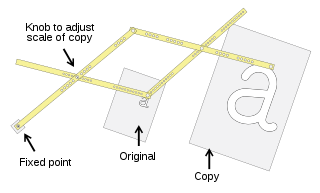
A pantograph is a mechanical linkage connected in a manner based on parallelograms so that the movement of one pen, in tracing an image, produces identical movements in a second pen. If a line drawing is traced by the first point, an identical, enlarged, or miniaturized copy will be drawn by a pen fixed to the other. Using the same principle, different kinds of pantographs are used for other forms of duplication in areas such as sculpting, minting, engraving, and milling.
A signature is a handwritten depiction of someone's name, nickname, or even a simple "X" or other mark that a person writes on documents as a proof of identity and intent. The writer of a signature is a signatory or signer. Similar to a handwritten signature, a signature work describes the work as readily identifying its creator. A signature may be confused with an autograph, which is chiefly an artistic signature. This can lead to confusion when people have both an autograph and signature and as such some people in the public eye keep their signatures private whilst fully publishing their autograph.

Autograph collecting is the practice of collecting autographs of famous persons. Some of the most popular categories of autograph subjects are politicians, military soldiers, athletes, movie stars, artists, social and religious leaders, scientists, astronauts, and authors.
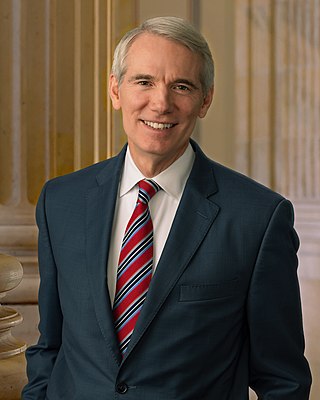
Robert Jones Portman is an American attorney and politician who served as a United States senator from Ohio from 2011 to 2023. A member of the Republican Party, Portman was the 35th director of the Office of Management and Budget (OMB) from 2006 to 2007, the 14th United States trade representative from 2005 to 2006, and a U.S. representative from 1993 to 2005, representing Ohio's 2nd district.

The 2008 Democratic National Convention was a quadrennial presidential nominating convention of the Democratic Party where it adopted its national platform and officially nominated its candidates for president and vice president. The convention was held in Denver, Colorado, from August 25 to 28, 2008, at the Pepsi Center. Senator Barack Obama from Illinois gave his acceptance speech on August 28 at Invesco Field in what the party called an "Open Convention". Denver last hosted the Democratic National Convention in 1908. Obama became the party's first nonwhite nominee, and nominee of African descent, for president. Senator Joe Biden from Delaware was nominated for vice president.

In the United States, public opinion and jurisprudence on lesbian, gay, bisexual, and transgender (LGBT) rights have developed significantly since the late 1980s, with most national advancements coming from the country's Supreme Court.

The Guantanamo Bay detention camp is a United States military prison within the Guantanamo Bay Naval Base, also referred to as Gitmo, on the coast of Guantánamo Bay in Cuba. As of April 2023, of the 779 people detained there since January 2002 when the military prison first opened after the September 11 attacks, 740 had been transferred elsewhere, 30 remained there, and nine had died while in custody.

Jacob Joseph Lew is an American attorney and diplomat serving as the United States ambassador to Israel. He was the seventy-sixth United States secretary of the treasury from 2013 to 2017. A member of the Democratic Party, he also served as the twenty-fifth White House chief of staff from 2012 to 2013 and as director of the Office of Management and Budget in both the Clinton administration and Obama administration.
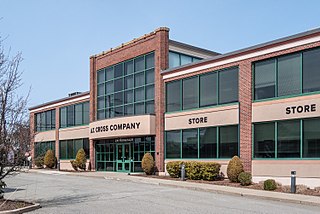
A.T. Cross Company, LLC is an American manufacturing company of writing implements, based in Providence, Rhode Island. Founded in 1846, it is one of the oldest pen manufacturers in the world. Cross' products include fountain, ballpoint, and rollerball pens, mechanical pencils and refills. The company also manufactures accessories for those goods such as cases and wallets.
The LongPen is a remote signing device conceived of by writer Margaret Atwood in 2004 and debuted in 2006. It allows a person to write remotely in ink anywhere in the world via tablet PC and the Internet and a robotic hand. It also supports an audio and video conversation between the endpoints, such as a fan and author, while a book is being signed.
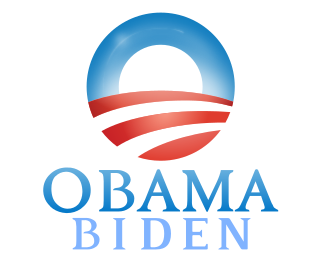
Barack Obama, then junior United States senator from Illinois, announced his candidacy for president of the United States on February 10, 2007, in Springfield, Illinois. After winning a majority of delegates in the Democratic primaries of 2008, on August 23, leading up to the convention, the campaign announced that Senator Joe Biden of Delaware would be the vice presidential nominee. At the 2008 Democratic National Convention on August 27, Barack Obama was formally selected as the Democratic Party nominee for president of the United States in 2008. He was the first African American in history to be nominated on a major party ticket. On November 4, 2008, Obama defeated the Republican nominee, Senator John McCain of Arizona, making him the president-elect and the first African American elected president.

Barack Obama's tenure as the 44th president of the United States began with his first inauguration on January 20, 2009, and ended on January 20, 2017. Obama, a Democrat from Illinois, took office following his victory over Republican nominee John McCain in the 2008 presidential election. Four years later, in the 2012 presidential election, he defeated Republican nominee Mitt Romney, to win re-election. Obama is the first African American president, the first multiracial president, the first non-white president, and the first president born in Hawaii. Obama was limited to two terms and was succeeded by Republican Donald Trump, who won the 2016 presidential election.

The first inauguration of Barack Obama as the 44th president of the United States took place on Tuesday, January 20, 2009, at the West Front of the United States Capitol in Washington, D.C. The 56th inauguration, which set a record attendance for any event held in the city, marked the commencement of the first term of Barack Obama as president and Joe Biden as vice president. At approximately 12:06 ET, Obama took the oath of office on Abraham Lincoln's Bible, which was used in Lincoln's 1861 inauguration. Based on combined attendance numbers, television viewership, and Internet traffic, it was one of the most-observed events ever by the global audience at the time.

Barack Obama assumed office as President of the United States on January 20, 2009, and his term ended on January 20, 2017. The president has the authority to nominate members of his Cabinet to the United States Senate for confirmation under the Appointments Clause of the United States Constitution.

Robert Alan McDonald served as the eighth United States Secretary of Veterans Affairs. He is the retired chairman, president, and CEO of Procter & Gamble. In 2014 he became Secretary of Veterans Affairs.

A Polygraph is a duplicating device that produces a copy of a piece of writing simultaneously with the creation of the original, using pens and ink.

The Almanac of American Politics (2008) rated Barack Obama's overall social policies in 2006 as more conservative than 21% of the Senate, and more liberal than 77% of the Senate.

We the People, launched by the Obama administration on September 22, 2011, is a defunct section of the whitehouse.gov website used for petitioning the administration's policy experts. Petitions that reached a certain threshold of signatures were reviewed by Administration officials who in most instances would subsequently provide an official response. Legal proceedings in the United States were not subject to petitions, rather, the site served as a public relations mechanism for the presidential administration to provide a venue for citizens to express themselves. On August 23, 2012, the White House Director of Digital Strategy Macon Phillips released the source code for the platform. The source code is available on GitHub, and lists both public domain status as a work of the United States federal government and licensing under the GPL v2.
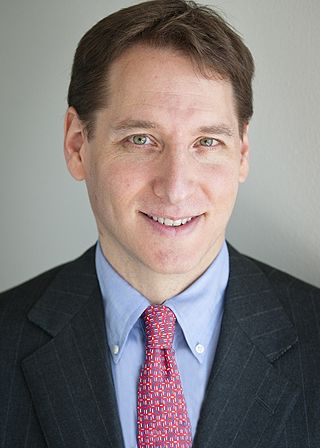
Jonathan Karp is an American book editor, publisher, and writer. He is the publisher, president, and chief executive of Simon & Schuster, and has also led the company's flagship division. Karp also founded Twelve, an imprint at the Hachette Book Group, and was the editor-in-chief of Random House.
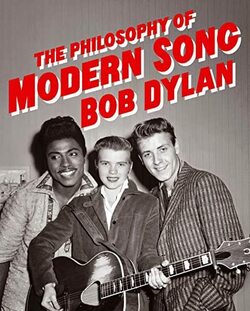
The Philosophy of Modern Song is a book by American singer-songwriter Bob Dylan, published on November 1, 2022, by Simon & Schuster. The book contains Dylan's commentary on 66 songs by other artists. It is the first book Dylan has published since he was awarded the Nobel Prize in Literature.


















